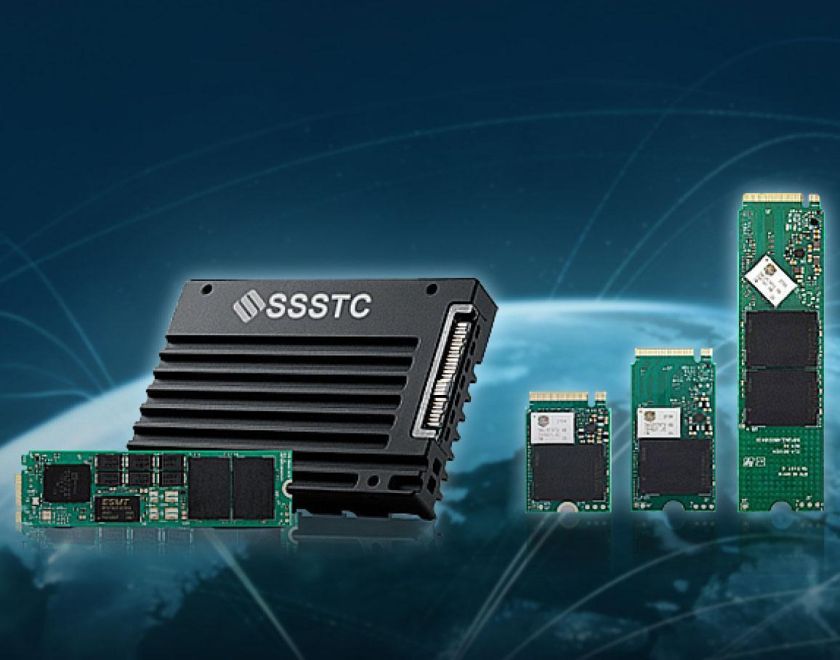
Direct Write

Write Optimization Technologies in SSDs with 3D NAND Flash
Background: TLC and SLC Cache Technologies
What is Direct Write?
Direct Write refers to the process where data is written directly to the TLC storage area without first being cached in the SLC buffer. This can occur in the following scenarios:
- The SLC cache is full or temporarily unavailable.
- The SSD firmware identifies the data as cold data.
- The SSD is configured with a no-cache firmware design to prioritize stability or endurance.
The Direct Write technology optimized by SSSTC’s in-house R&D team is specifically engineered to enhance write consistency under sustained heavy workloads. It enables consistent and sustained write speeds by minimizing latency and eliminating redundant steps in the data write process. The core advantage of Direct Write lies in its ability to write data directly to NAND Flash with minimal reliance on the SLC cache. This streamlines the data path and eliminates intermediate buffers, ensuring consistent and stable performance during intensive write operations.
Ideal Applications for Direct Write
SSSTC’s Direct Write technology is particularly well-suited for applications involving sustained, frequent write operations, such as:
-
Industrial/Embedded Systems Without Write Caching
- Sensor Data Logging on Edge Devices
- Data Capture in Industrial Automation Equipment -
High-Reliability Applications Requiring Predictable Latency and Low Write Amplification
- Professional Video Production and Media Streaming
- In-vehicle Video Recording Systems -
Long-Term Data Retention Devices (e.g., Recorders)
- Network Video Recording (NVR)
- Surveillance Systems
- TV Recording
Direct Write enables seamless data capture and storage, effectively preventing issues such as latency, dropped frames, file corruption, or recording interruptions. It can reliably handle large volumes of continuous data writes with minimal performance fluctuation, ensuring consistent write speed, stable operation, and high-quality content preservation.
Why Choose an SSD with Direct Write?
Non-optimized SSDs often struggle with high-volume, prolonged write workloads, especially in video-centric environments. When overwhelmed by a continuous influx of data, these drives may encounter performance bottlenecks, write delays, or even data loss. This issue is particularly pronounced in SSDs that rely heavily on SLC cache; once the cache is exhausted, write speeds may drop dramatically, compromising system stability.
Direct Write technology addresses this challenge by eliminating reliance on SLC caching, delivering stable, predictable write performance over long periods. Even in demanding scenarios—such as continuous 4K video recording or 24/7 high-load operations—SSDs equipped with Direct Write maintain stable and consistent performance throughout. With their dependable write capabilities, Direct Write SSDs are an ideal solution for continuous, data-intensive video recording and other high-demand applications.
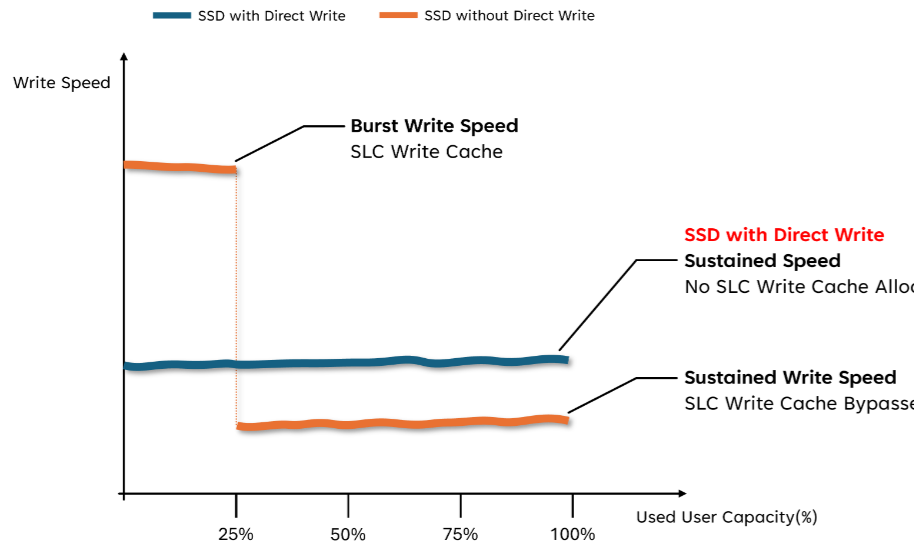
To learn more about SSSTC’s SSD architecture or explore products supporting Direct Write technology, please contact us or refer to our product catalog.
SATA SSD
128GB / 256GB / 512GB / 1024GB / 2048GB
NAND Flash: 3D TLC NAND Flash
Interface: SATA 3 (6Gb/s)
Sequential Read: UP to 500 MB/s
Sequential Write: UP to 260 MB/s
SATA SSD
128GB / 256GB / 512GB / 1024GB / 2048GB
NAND Flash: 3D TLC NAND Flash
Interface: SATA 3 (6Gb/s)
Sequential Read: UP to 500 MB/s
Sequential Write: UP to 260 MB/s










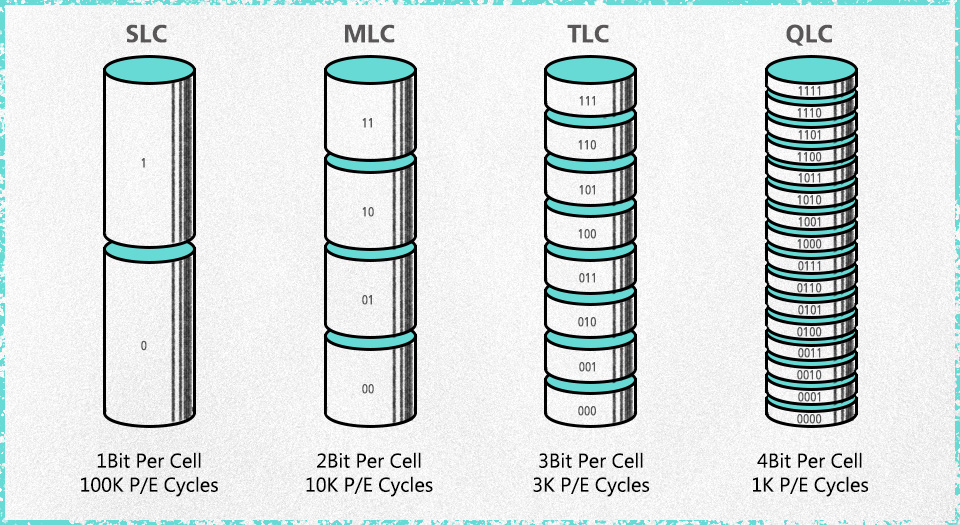
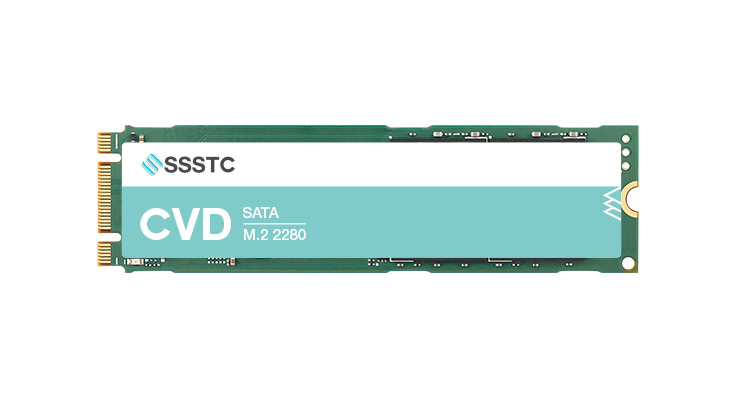
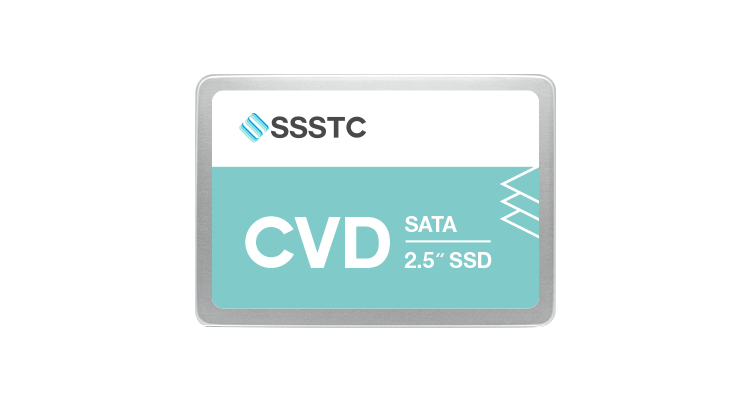
__24C15hqqtC.png)
__24C15wOdCC.png)

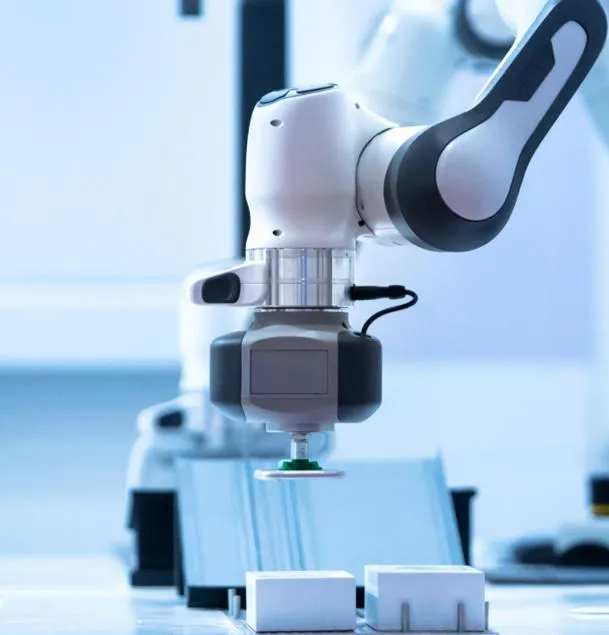



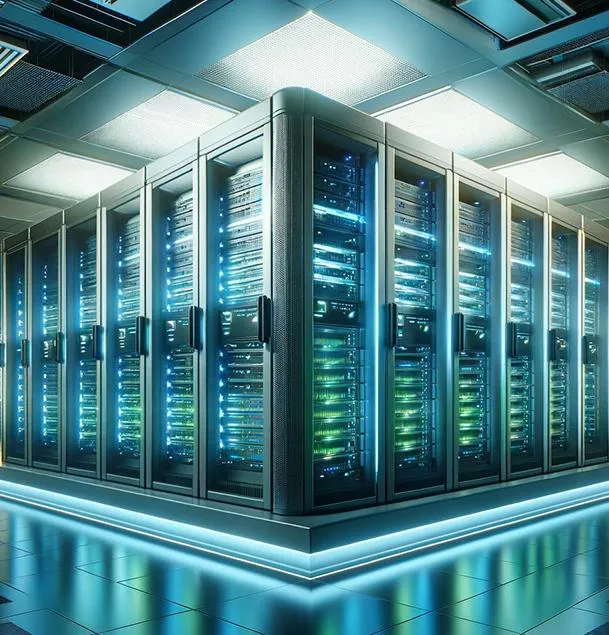



__24C05XQ2my.jpg)


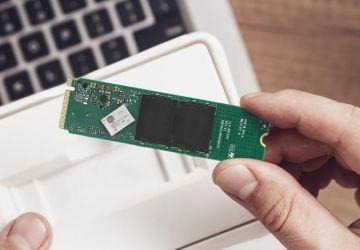



__24C05fplcZ.png)
__24C05vgHYC.png)
